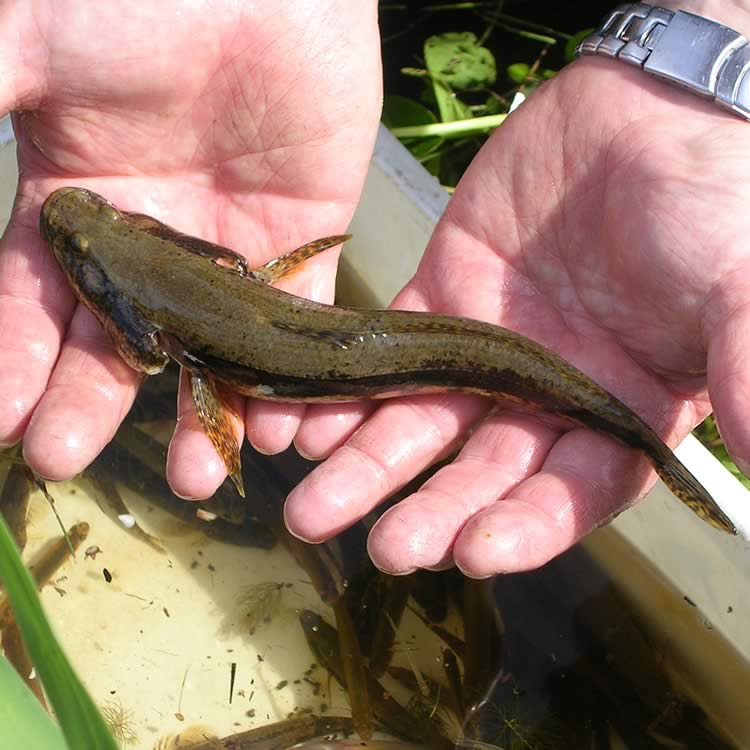Freshwater flathead

Community type
Habitat type
Tidal wetlands and macrophytes beds
The freshwater flathead, also known as Congoli, Tupong, or Sandy Trout, occur in South Eastern Australia. They are primarily a marine species of coastal waters, but also occur in estuaries and rivers. The reproductive cycle of freshwater flathead is not well known. They are thought to migrate into estuaries to spawn among macrophytes and seagrasses. Larvae remain in estuaries for about 9 months before migrating upstream during spring and summer, with records of fish found up to 120 km inland.
In estuaries and rivers freshwater flathead prefer slower moving waters, and are often found amongst debris on the bottom of quiet pools or under snags and undercut banks. They have been caught in Murphy’s Flat in the Upper Derwent during biological surveys.
As bottom dwellers, and generalist carnivores, they eat a wide variety of benthic animals such as aquatic insects, worms, small yabbies and shrimps. Freshwater flathead often bury themselves in the sediment with only the eyes and fins visible and ambush prey that come too close. The main threats to this species are loss of sea grass habitat in estuaries and barriers to migration such as dams and weirs.
